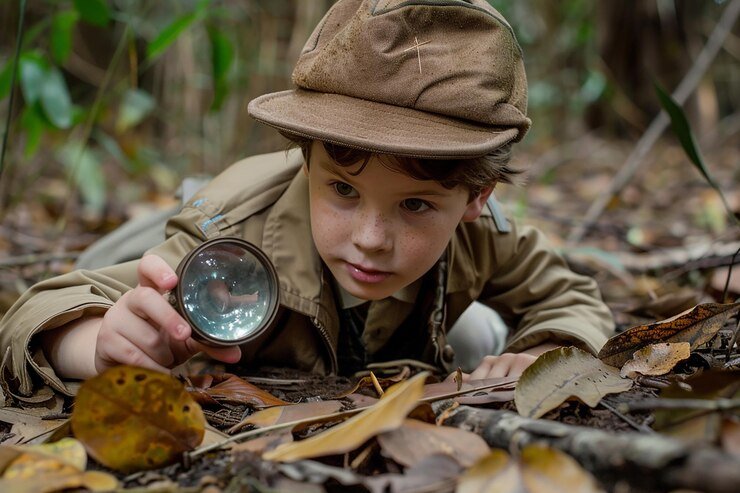Tñacuaches may not be the most glamorous creatures in the animal kingdom, but they play a vital role in their ecosystems and are truly fascinating in their own right. Whether you’ve heard of them in local stories or spotted them during a nighttime stroll, these small marsupials deserve our attention and care.
This blog dives into the world of tñacuache—exploring their species, behavior, cultural significance, and the conservation efforts needed to protect them. Get ready to discover why these animals are more than what meets the eye.
What Is a Tñacuache?
The tñacuache, commonly referred to as an opossum in English, is a marsupial found mostly in the Americas. These nocturnal animals are known for their adaptability and unique behavior, such as “playing dead” when faced with a threat. With prehensile tails, sharp claws, and keen survival instincts, tñacuaches thrive across a variety of habitats, from forests and grasslands to urban areas.
Interestingly, tñacuaches are one of the oldest surviving mammals on Earth, with some species tracing back to nearly 65 million years ago. Their evolutionary success and adaptability make them remarkable survivors in a constantly changing world.
Species of Tñacuache and Their Distribution
Tñacuaches are part of the Didelphidae family, which includes over 100 species of opossums. While many people associate them with North America, their range extends far beyond. Below are some species and their geographical distributions:
- Virginia Opossum (Didelphis virginiana): Found throughout North America, the Virginia opossum is the only species native to the United States and Canada.
- Common Opossum (Didelphis marsupialis): Found in Central and South America, this species thrives in tropical forests and rural areas.
- White-eared Opossum (Didelphis albiventris): Native to South America, particularly in countries like Brazil, Bolivia, and Argentina.
- Water Opossum (Chironectes minimus): Also called the “yapok,” this semi-aquatic species can be found near rivers and streams in Central and South America.
These species contribute significantly to their respective ecosystems. For example, they help control insect populations, disperse seeds, and even reduce disease by consuming ticks.
Understanding Tñacuache Behavior and Diet
Tñacuaches are best known for their nocturnal and solitary behavior. They spend their nights scavenging for food and can often be seen climbing trees or rummaging through garbage in urban settings. Despite their shy and gentle demeanor, they are resourceful creatures with remarkable survival strategies. Their infamous “playing dead” behavior, known as thanatosis, often confuses predators and allows them to escape unscathed.
When it comes to diet, tñacuaches are highly opportunistic omnivores. Their diet typically includes:
- Fruits: Berries, bananas, and other seasonal fruits.
- Insects: Beetles, grasshoppers, and other small invertebrates.
- Small Animals: Birds, rodents, and amphibians.
- Carrion and Scraps: They play the important ecological role of scavengers by consuming dead animals and organic waste.
Their adaptability in diet is a key reason why they can survive in diverse habitats, from pristine forests to bustling cities.
Tñacuaches in Popular Culture
Beyond their ecological importance, tñacuaches hold a special place in folklore, literature, and media across the Americas. They are often seen as symbols of cunning and survival, celebrated for their resourcefulness. Below are some examples of their cultural significance:
- Latin American Folklore: Stories often depict tñacuaches as clever tricksters. Some legends portray them as courageous animals that brought fire to humanity.
- Mexican Sayings: The phrase “hacerse el tñacuache” (literally “to play the tñacuache”) is a humorous way to say someone is pretending to be clueless or uninvolved in a situation.
- Modern Media: Tñacuaches have made appearances in animated films and TV shows, such as the comical opossum characters in the Ice Age franchise.
These cultural references not only highlight the familiarity people have with tñacuaches but also reveal the respect and admiration they inspire due to their wit and adaptability.
The Conservation Status of Tñacuaches
While some species of tñacuaches are thriving, others face numerous threats due to habitat loss, urbanization, and climate change. Some key concerns include:
- Deforestation: The clearing of forests has displaced many tñacuache populations, limiting their access to food and shelter.
- Urban Hazards: Increasing urbanization means more tñacuaches face dangers such as road traffic and human-wildlife conflicts.
- Misunderstanding: Unfortunately, tñacuaches are often viewed as pests, leading to unnecessary harm and killing.
Despite these challenges, conservation efforts are making a difference. Wildlife organizations and local communities work together to protect habitats, rehabilitate injured tñacuaches, and raise public awareness about their ecological importance.
How You Can Help Tñacuaches
The good news is that you don’t have to be a scientist or conservationist to make a difference. There are simple steps you can take to help protect and support tñacuaches:
- Support Wildlife Conservation Organizations: Donate to or volunteer with groups focused on preserving tñacuache habitats and educating the public about their role in nature.
- Reduce Habitat Loss: Plant native trees and maintain green spaces in your community to provide shelter and resources for tñacuaches.
- Drive Carefully in Wildlife Areas: Be mindful of tñacuaches and other animals while driving in rural or wooded areas, especially at night.
- Avoid Using Harmful Chemicals: Pesticides and rodenticides often harm not only pests but also beneficial wildlife like tñacuaches.
- Educate Others: Share what you’ve learned about tñacuaches with friends and family to dispel myths and foster a greater appreciation for these creatures.
By taking small actions, you can contribute to a future where tñacuaches continue to thrive alongside us.
Becoming a Tñacuache Advocate
Tñacuaches are more than just survivors—they’re vital partners in maintaining healthy ecosystems. From their fascinating behaviors to their cultural significance, these underappreciated marsupials deserve our attention and care.
If this post has inspired you to learn more about wildlife and ways to protect it, why not start by exploring your community’s local biodiversity? Every small effort helps, and who knows—you might just spot a tñacuache on your next nature walk.
